A great place to start exploring Armenia is the Erebuni Fortress.
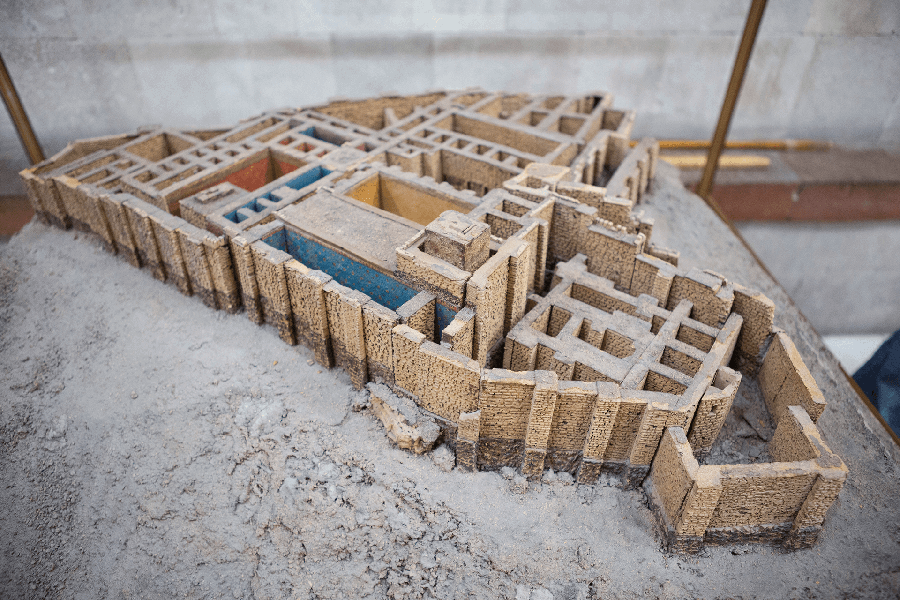
“My Erebuni, which became Yerevan” begins the anthem of Armenia’s capital. Strictly speaking, this ancient Urartian fortress isn’t the oldest settlement in the modern city. But it became the “archaeological core” of Yerevan, which traces its history back to its foundation—more than 2,800 years ago. The city’s name is also traced back to the word “Erebuni.”
This fortress was built on Arin-berd Hill in the southeastern valley of Yerevan in 782 BC. The Urartian king who founded it, Argishti I, left a very significant document about this event—significant in the literal sense: in cuneiform on stone.
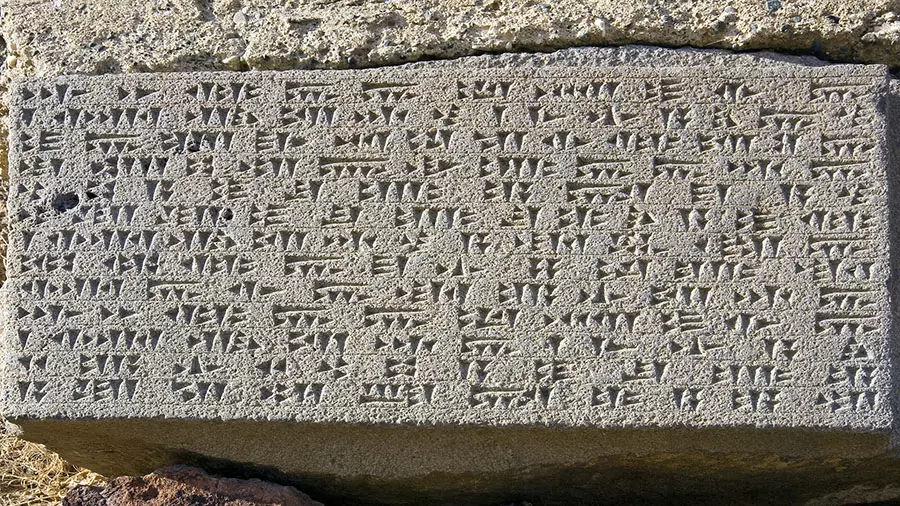
The cuneiform inscription reads: “By the greatness of the god Haldi, Argishti, son of Menua, built this mighty fortress; he established its name, Erebuni, for the might of the land of Biaini and to intimidate the enemy country. The land was desolate, but I performed mighty deeds here. By the greatness of the god Haldi, Argishti, son of Menua, a mighty king, king of the land of Biaini, ruler of the city of Tushpa.”
In total, more than twenty Urartian cuneiform tablets have been found in Erebuni. These finds were supplemented by other artifacts, providing insight into all aspects of life in the ancient kingdom of Urartu. Weapons, armor, jewelry, including silver and gold, coins, ceramics, tableware, and a statuette of the god Teisheba—a rare exhibit in Urartian collections.
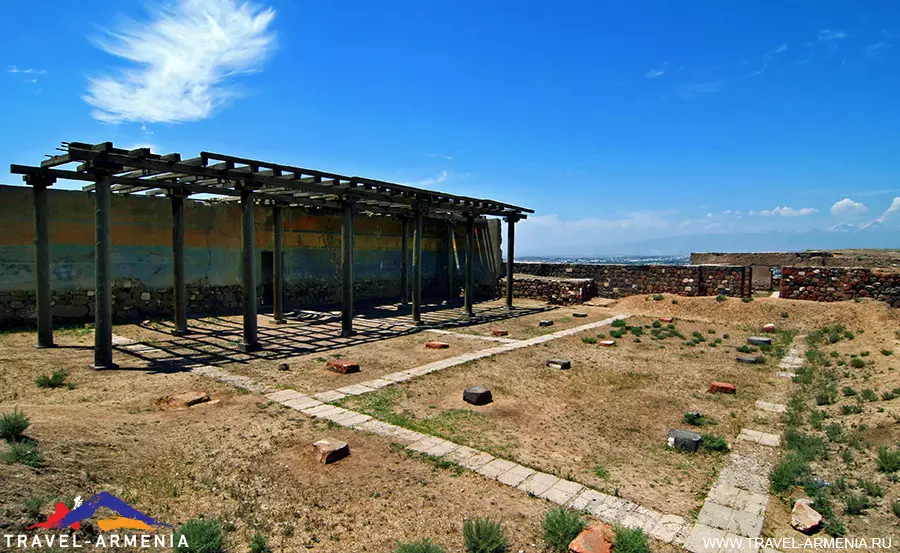
During the construction of Erebuni, the Urartians advanced deep into the Ararat Valley, and the main objective of the new fortress was to control and hold the territory they had already occupied. Hence the mighty walls up to three meters thick and twelve meters high, the watchtowers, and the surviving sections of the pavement on the fortress’s exterior.
The citadel grounds housed the royal palace, residential buildings, and outbuildings, including enormous warehouses for storing provisions in case of a long siege. The royal windows, as is customary, looked out onto Ararat. The buildings, like those in modern Yerevan, were often finished with tuff.

Remains of frescoes that covered the plastered walls have also survived, and the technology that allowed them to preserve their colors and richness has not yet been fully elucidated. Some fragments of Erebuni’s wall paintings are in the collection of the Pushkin Museum (Moscow).
In addition to secular and military structures, Erebuni had two temples. Interestingly, only one of them was dedicated to the Urartian deity, the supreme Khaldi. The second temple, “Susi,” was intended for religious ceremonies by representatives of other ethnic groups who either migrated with the Urartians or lived here before the arrival of the conquerors—another unsolved mystery of the “forgotten kingdom” of Urartu.
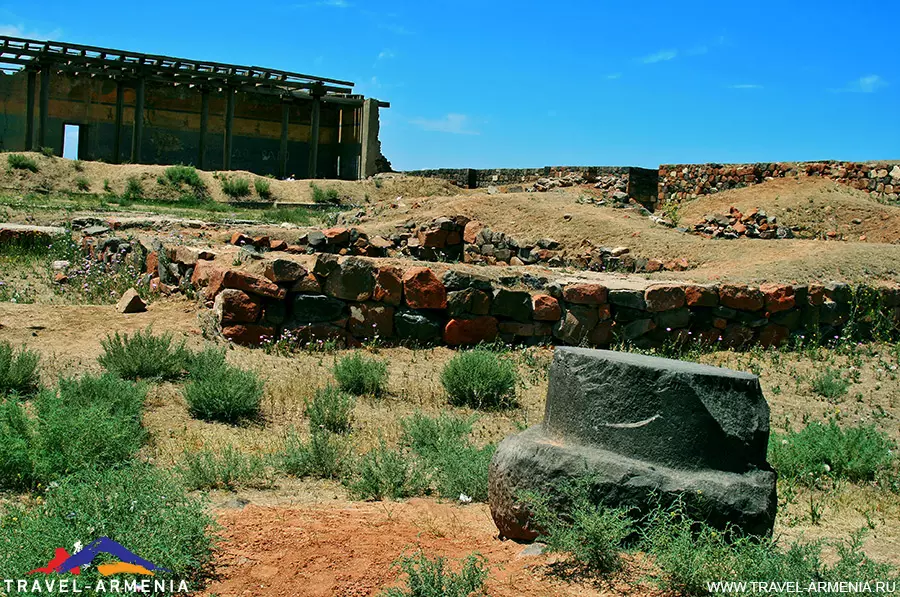
There’s also no definitive answer as to why the fortress was later abandoned by the Urartians—without a fight, without any visible traces of any catastrophe.
However, we do know that they were the first to build a system of irrigation canals here, transforming the Ararat Valley into a flourishing land—and thus leaving behind a monument to their culture that extends far beyond the Erebuni Citadel.
A 3D recreation of the Erebuni Fortress by Ruben Sargsyan:


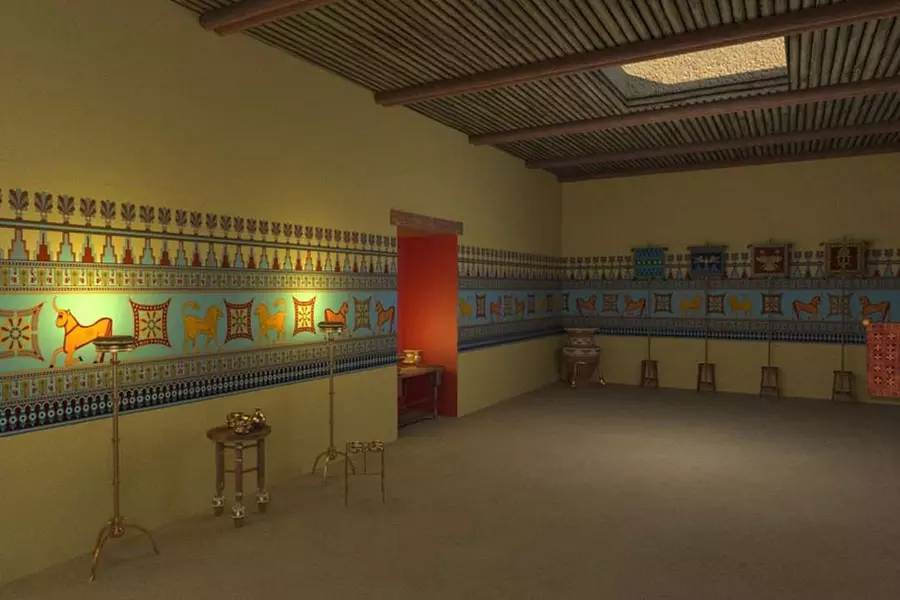
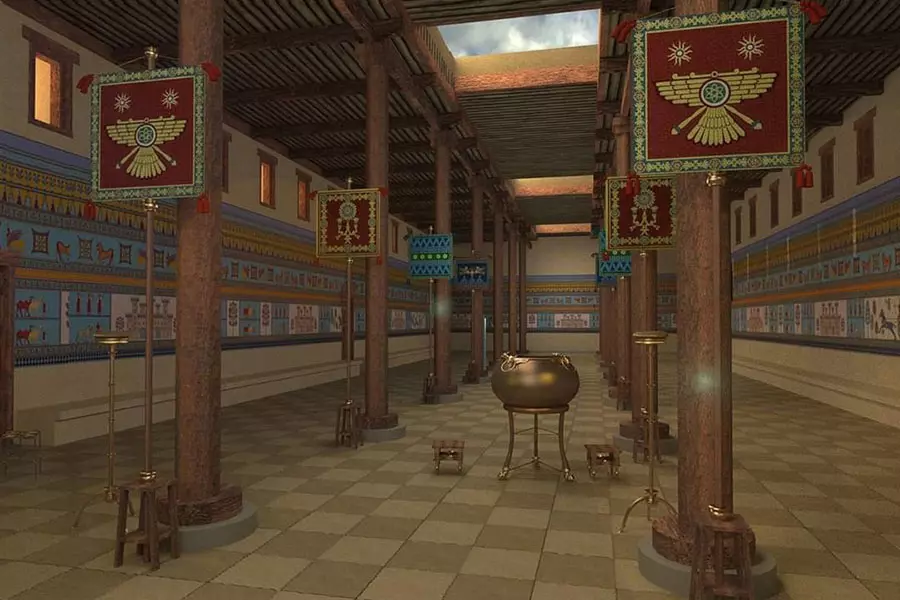
Join our Yerevan Sightseeing Tour and we’ll definitely visit this ancient and fascinating place.